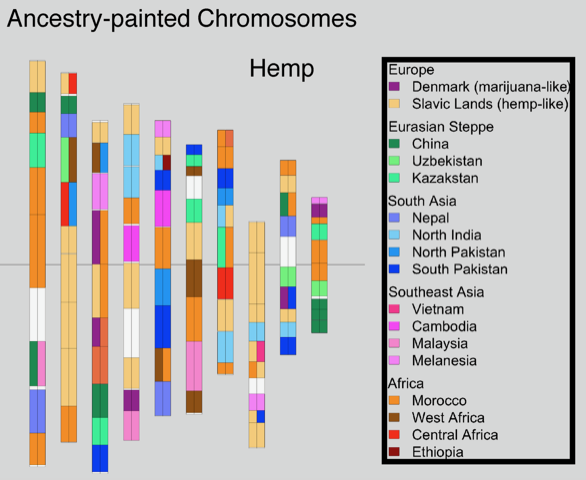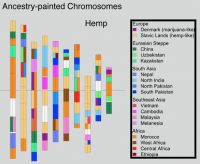Public relations has a role to play in every industry, providing value for companies looking to promote their services, announce a recent fund raise or want to plant a flag in their domain as a leader or subject matter expert. Some industries, however, are writing a new playbook for the way PR is done. The cannabis space is a prime example of how PR can – and has – evolved in such a short amount of time. This industry has been a part of N6A’s DNA since 2017 when we created a cannabis-specific client service group. Since then we’ve seen the ups and downs, rapid changes and overall growth in an industry that, at the time, very few took seriously. We knew the potential was there, but we couldn’t be prepared for how foreign this would be compared to our other specialties like tech, cybersecurity and professional services.
We had to forget what we knew as media professionals and develop new plays and strategies for an industry in its infancy – all while bearing in mind the plant’s polarizing past and ambiguous future. With so many lessons learned about the way the cannabis and communications industries operate together, here are just a few key takeaways that have shaped our approach and operations in the marketplace.
Build Relationships Across the Board
It’s often said “it’s not what you know, but who you know,” and in cannabis this couldn’t be more true. While the industry is growing rapidly, it’s still considered a tight-knit community where everyone talks to each other, and leaders lean on one another for expertise and guidance. A competitive nature is inherent in any business environment, but what I’ve noticed about those working in cannabis is that everyone is striving for the same goal: to further legitimize an industry plagued with stigma. Whether it’s developing media contacts or a new business prospect, the foundation lies in building relationships with the key players in the space.

From a PR perspective, this includes working closely with the reporters dedicated to the cannabis beat, whether they write for a trade or mainstream publication. Journalists are shifting between jobs faster than ever before, and this beat favors industry veterans. One day your “friendly” at an obscure cannabis outlet will suddenly be spearheading coverage at The New York Times, Rolling Stone or other iconic publications. For the sake of clients and their desired business outcomes, communications professionals should foster ongoing conversations with any reporter interested in covering cannabis; you never know where it could lead.
Understand the Limitations
Both public relations and advertising have proven to be instrumental in normalizing cannabis businesses within the mainstream media. However, communication in the space can be a compliance minefield due to strict state and federal regulations. While the industry’s growth is nothing short of explosive, opportunities for advertising are extremely limited as the largest digital platforms such as Facebook and Instagram have banned cannabis ads, forcing companies to look for other options.
Paid media has its time and place in every industry, but with so much red tape in cannabis advertising, it provides an opportunity for earned media to take the stage. Aside from a few key trades we all know well, journalists across business, lifestyle, finance and retail verticals are covering the space. Depending on what a business is looking to gain from PR, these initiatives are a great way to get directly in front of the audiences they want to reach without the risk of violating certain advertising guidelines. Companies that are ancillary, and therefore not selling a particular cannabis product, also have a bit more flexibility when it comes to advertising, especially on social media channels. As the industry sophisticates, the demographic of consumers does as well.
Evolve with the Industry
The cannabis marketplace as it stands today is vastly different than when we began to service clients years ago. For decades, this industry operated in the shadows and outside of the law, but as legalization spreads across the globe, the way that businesses position and talk about their brand has had to change.
Gone are the days of reefer madness as consumers begin to see cannabis as medicine or a wellness supplement. With this comes a significant reduction in the use of words such as “weed,” “stoner,” and even “marijuana,” while words like “cannabis,” “medicinal” and “patients” step into the forefront. Both communications professionals and businesses must be hyper-aware of the verbiage we use if we want to professionalize the industry and fuel worldwide adoption.
As the industry sophisticates, the demographic of consumers does as well. What was once reserved for a younger, male population has now been growing in popularity amongst women, baby boomers, and the elderly. Cannabis businesses are now forced to diversify their messaging to appeal to the masses which often includes taking a minimalistic approach to branding and packaging.
Consumers are no longer looking for the lowest prices, but a brand that they know and trust. Recognition, whether it be locally or nationally, can be gained through a strong communication plan and will become increasingly imperative for long-term success.













